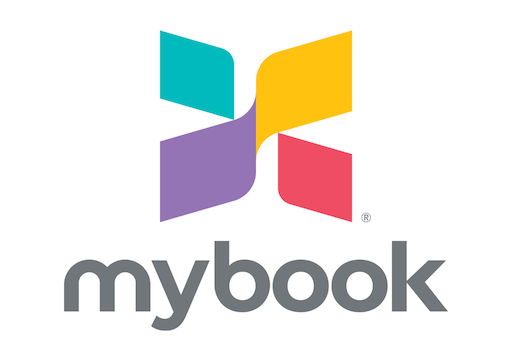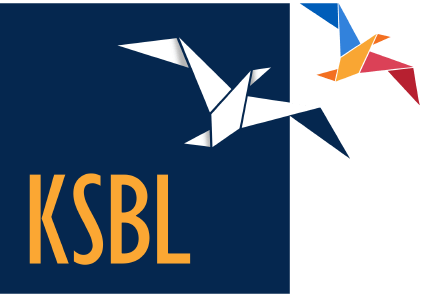Switch Marketing Agency as Client: Your Effortless Guide to Success
Switching marketing agencies can feel like a daunting task for many businesses. The familiar comfort of an existing partnership often makes it challenging to imagine taking a leap into the unknown. However, switching marketing agencies as clients can be a transformative experience that reinvigorates your brand and brings new ideas to the table. This guide will walk you through the essential steps, tips, and insights for making the switch smoothly and successfully.
Understanding Your Needs
Before you even begin to think about which agency to partner with, it’s crucial to understand your own needs and objectives. Sit down with your team and discuss what isn’t working with your current agency—be it miscommunication, lack of innovation, or poor performance.
For instance, when Jane, a small business owner, decided to switch agencies due to stagnant growth, she started by listing her core frustrations: slow campaign executions and lack of strategic input. Once she pinpointed these issues, she had a more focused approach in her conversations with potential new agencies.
Research and Shortlist
Once you comprehensively understand what you want, it’s time to research potential agencies. Look for those that align with your vision, industry, and goals. Social media platforms, industry blogs, and even testimonials can offer clues about an agency’s reputation and effectiveness.
After you’ve gathered a list of potential candidates, narrow it down to a few agencies that resonate with your objectives. Take your time here; the goal is to find an agency that complements your personality as well as your business needs.
Setting the Stage for a Smooth Transition
When you’ve found your new agency, it’s essential to communicate the change with your current agency. This is where things can get a bit tricky—nobody enjoys the uncomfortable situation of parting ways. But remember, professionalism is key. Draft a clear, polite email outlining your reasons for the switch, preferably focusing on what you need rather than what they lacked.
For instance, Mike, another business owner, made the transition smooth by thanking his previous agency for their efforts while clearly stating that his new direction required a different approach. Keeping it positive helps maintain relationships that could benefit you in the long run.
Onboarding the New Agency
Now that the formalities are out of the way, it’s time for onboarding. A successful partnership relies heavily on clear communication and mutual understanding. Arrange a kickoff meeting with your new agency to discuss your goals, expectations, and deadlines.
This is also the perfect opportunity to share any pertinent data, past campaigns, and insights into your target audience. Doing so can significantly reduce ramp-up time and allows the new agency to hit the ground running. Amanda, who operates an online retail store, had a successful transition by providing her new agency with a comprehensive overview of her previous campaigns. This groundwork built strong momentum right out of the gate.
Establish Clear KPIs
Once you’ve aligned with your new agency, setting clear Key Performance Indicators (KPIs) can pave the way for a fruitful working relationship. KPIs should be tailored to your business objectives and measurable. This will allow both you and your agency to track progress and adjust strategies as necessary.
For example, if your goal is to increase website traffic by 30% in six months, set specific milestones along the way to evaluate progress. Consistent check-ins will help keep everyone accountable and on the same page.
Trust the Process
Switching marketing agencies as clients is not a one-size-fits-all process. Each partnership takes time to cultivate. Be patient and trust in your new agency’s expertise; they’re there for a reason. Encourage open communication and collaborate openly to optimize your campaigns.
Success doesn’t happen overnight—but with dedication and involvement from both sides, you’ll likely see a refreshing wave of creativity and strategy that can elevate your business to new heights.
Wrapping It Up
Stepping into a new partnership can be challenging, but the potential to unlock fresh ideas and strategies makes it worth the effort. With clear communication, defined objectives, and a collaborative mindset, your transition can transform not just your operations but also your overall market presence.
—
Frequently Asked Questions
1. How long does it typically take to onboard a new marketing agency?
Onboarding a new marketing agency can take anywhere from a few weeks to a couple of months, depending on the complexity of your projects and the agency’s familiarity with your industry. Clear communication during this phase can speed up the process.
2. What should I do if the new agency isn’t meeting my expectations?
If your new agency isn’t meeting your expectations, communicate your concerns openly. Set regular check-ins to discuss performance and adjust strategies as needed.
3. Are there any red flags to look for when choosing a new agency?
Yes, red flags can include poor communication, a lack of understanding of your industry, or vague proposals. Make sure the agency displays transparency and aligns with your goals before making a commitment.
Related Posts
Switch Marketing Agency as Client: Effortless Tips for Success
Switching marketing agency as client doesnt have to feel daunting; with a few simple strategies, you can turn this transition into a seamless opportunity for growth and innovation in your marketing efforts....
Switch Marketing Agency as Client: Effortless Guide to Success
Switching marketing agencies can feel daunting, but it doesn’t have to be! In this effortless guide, we’ll show you how to switch marketing agency as client with confidence, ensuring your new partnership...












